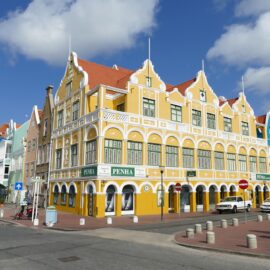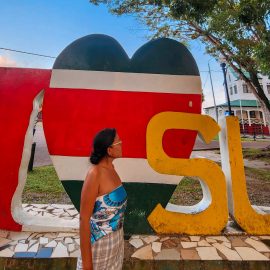Time flies when you’re having fun! It feels like just yesterday I was on this long bus ride to Brazil and today, I’m thrilled to share my experiences from there, my 80th country on this adventure to visit all the UN recognised countries in the world. So if you are also considering solo travel to rio de janeiro, read on till the end as I cover how I crossed the land border from Paraguay to Brazil, things to do in Rio, where to stay and more on this Rio travel guide.
Brazil, the largest country in South America, is a land of contrasts and captivating beauty. From the lush Amazon rainforest to the vibrant cities and the iconic beaches, Brazil offers a diverse array of experiences for every traveler.
You could easily spend months travelling here but as I was on a limited time instead of running around different places, I decided to explore Rio deeply and leave the other places for next time. My origial plan was to stop over in Curitiba, the coast and islands before getting to Rio but at the end decided to straight to Rio. More on this journey below.
Solo travel to Rio De Janeiro

Crossing the land border from Asunción, Paraguay to Rio de Janeiro, Brazil
If you are planning to travel from Asunción, Paraguay, to Rio de Janeiro, Brazil, here’s a comprehensive guide on how to navigate this journey smoothly. (For more context: I did a loop ie flew from Buenos Aires to Puerto Iguazu spent few days and crossed the border to Paraguay travelled all the way to Asunción, explored then I came back again to cross it over to Brazil this time because this is where the three countries meet around the Iguazu falls Friendship Bridge)
If you are flying to Rio then skip this part and check out where to stay in Rio below.
Step 1: Asunción to Ciudad del Este
Transportation Options:
- Bus:
- Duration: Approximately 5-6 hours.
- Tickets: Can be purchased at the bus terminal in Asunción or online. Buses run frequently throughout the day. I share the videos on Instagram of the journey & buses I took, so make sure to follow there to check it out.
- Tip: Opt for a reputable bus company for comfort and reliability.
Steps:
- Departure: Board a bus from the Terminal de Ómnibus de Asunción, the main bus terminal in the city.
- Arrival: Arrive in Ciudad del Este, the bustling border city in eastern Paraguay.
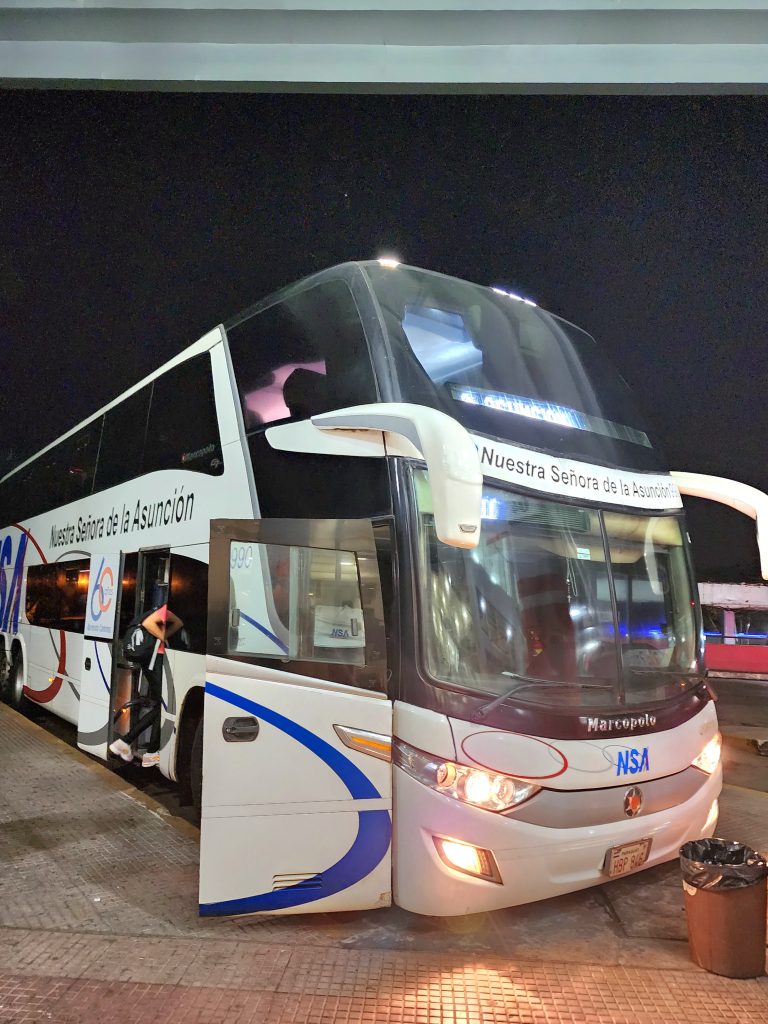

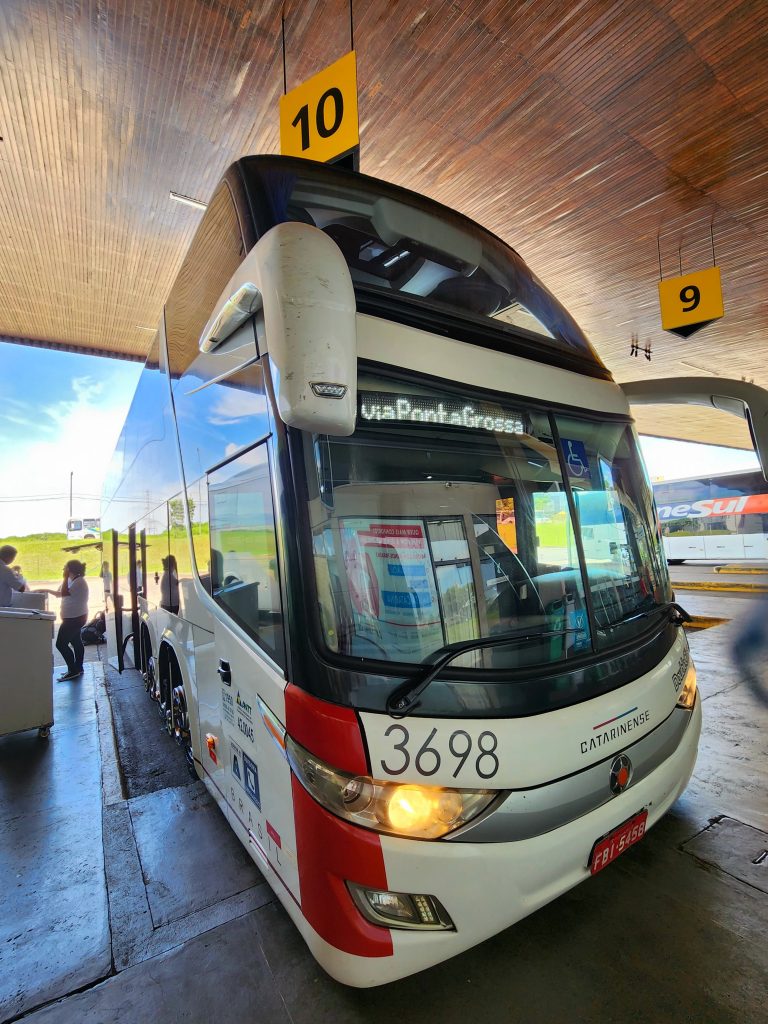
Step 2: Ciudad del Este to Foz do Iguaçu, Brazil
Transportation Options:
- Taxi: A convenient and quick option to cross the Friendship Bridge.
- Duration: About 10-15 minutes, depending on traffic or just walk it like I did to the other side.
- Cost: Approximately $10-15 USD.
- Bus: Public buses frequently cross the bridge.
- Duration: Around 20-30 minutes.
- Cost: Around $1 USD.
Steps:
- Immigration: Exit procedures for Paraguay and entry procedures for Brazil at the Friendship Bridge.
- Arrival: Once across the bridge, you’ll be in Foz do Iguaçu, Brazil.
Step 3: Foz do Iguaçu to Rio de Janeiro
Transportation Options:
- Bus: Long-distance buses are available from Foz do Iguaçu to Rio de Janeiro.
- Duration: Approximately 24-26 hours.
- Tickets: Can be purchased online or at the bus terminal in Foz do Iguaçu. I share the videos on Instagram of the journey & buses I took, so make sure to follow there to check it out
- Tip: Choose a comfortable and reliable bus service for the long journey.
- Flight: A quicker option is to fly from Foz do Iguaçu to Rio de Janeiro.
- Duration: Approximately 2 hours.
- Tickets: Can be purchased online from various airlines. Flights are frequent and can save you a lot of travel time.
Steps:
- Bus:
- Departure: Board a long-distance bus from the Terminal Rodoviário in Foz do Iguaçu.
- Arrival: Arrive at the Novo Rio Bus Terminal in Rio de Janeiro.
- Flight:
- Departure: Fly from Foz do Iguaçu/Cataratas International Airport.
- Arrival: Arrive at either Galeão International Airport or Santos Dumont Airport in Rio de Janeiro.
Tips for the Journey
- Documents: Ensure you have your passport and any required visas for Paraguay and Brazil.
- Currency: Carry a small amount of local currency (Guarani for Paraguay and Real for Brazil) for small expenses.
- Safety: Keep your belongings secure and be cautious in crowded areas, especially at bus terminals and border crossings.
- Comfort: For long bus rides, bring a travel pillow, blanket, and snacks to make the journey more comfortable. You can also buy them in shops when the bus stops for toilets breaks though.
Once the bus I was on crossed to Brazil, it stopped in decent fancy places I was suprised. like the huge buffet restaruants where you could buy food based on weight and they were some tasty meals incl desserts and all the snacks you could think of. - Planning: Book your bus or flight tickets in advance, especially during peak travel seasons, to ensure availability and possibly get better prices.
It was a looong bus trip but this is how I planned it because I wanted to spend more time in Rio than stopping in other places as mentioned above. This route from Asunción to Rio de Janeiro offers a mix of urban and natural landscapes, making it an adventurous part of your travels in South America. Enjoy your trip and embrace the diverse experiences that Paraguay and Brazil have to offer!
Where to stay in Rio de Janeiro?
Deciding where to stay is one of the major factors during solo travel to rio de janeiro, could make or break your experience. So choose wisely! There are several accommodation options in and around Rio to suit different budgets and preferences. Here are some recommendations:
For accommodation, I recommend using booking.com and sorting with price, then consider the ones with highest reviews plus within 1km of center/old town. Below I have researched and linked the best ones with this filter (at the time of writing)
For tours, I recommend using get your guide and walking tours available in most places
Budget Options
- Che Lagarto Hostel Ipanema
- Location: Ipanema
- Description: A popular hostel offering dormitory and private rooms. It’s close to Ipanema Beach and provides a lively atmosphere with common areas and organized activities.
- Amenities: Free breakfast, Wi-Fi, communal kitchen, bar, and tour desk.
- Discovery Hostel
- Location: Glória
- Description: A highly-rated hostel located near the Glória metro station, offering a friendly atmosphere and comfortable accommodations.
- Amenities: Free breakfast, Wi-Fi, communal kitchen, bar, and garden.
- Books Hostel
- Location: Lapa
- Description: Situated in the vibrant Lapa neighborhood, this hostel is known for its artsy vibe and social environment.
- Amenities: Free breakfast, Wi-Fi, bar, library, and communal areas.



Mid-Tier Options
- Hotel Atlântico Rio
- Location: Copacabana
- Description: A modern hotel offering comfortable rooms and a rooftop pool. It’s just a short walk from Copacabana Beach.
- Amenities: Free breakfast, Wi-Fi, rooftop pool, fitness center, and restaurant.
- Arena Leme Hotel
- Location: Leme
- Description: Located at the quieter end of Copacabana Beach, this hotel provides a comfortable stay with beautiful ocean views.
- Amenities: Free breakfast, Wi-Fi, rooftop pool, fitness center, and restaurant.
- Ipanema Inn
- Location: Ipanema
- Description: A stylish boutique hotel located close to Ipanema Beach, offering modern rooms and excellent service.
- Amenities: Free breakfast, Wi-Fi, restaurant, bar, and bike rentals.
For accommodation, I recommend using booking.com and sorting with price, then consider the ones with highest reviews plus within 1km of center/old town. Below I have researched and linked the best ones with this filter (at the time of writing)
For tours, I recommend using get your guide and walking tours available in most places
Luxury Options
- Belmond Copacabana Palace
- Location: Copacabana
- Description: An iconic luxury hotel offering opulent rooms and world-class service. It’s a historical landmark with stunning views of Copacabana Beach.
- Amenities: Free breakfast, Wi-Fi, swimming pool, spa, fitness center, and multiple restaurants.
- Fasano Hotel Rio de Janeiro
- Location: Ipanema
- Description: A luxurious beachfront hotel known for its elegant design and exceptional service. It boasts beautiful views of Ipanema Beach.
- Amenities: Free breakfast, Wi-Fi, rooftop pool, spa, fitness center, and gourmet restaurant.
- Santa Teresa Hotel RJ – MGallery
- Location: Santa Teresa
- Description: A boutique hotel located in the charming Santa Teresa neighborhood, offering luxurious accommodations with a colonial feel.
- Amenities: Free breakfast, Wi-Fi, swimming pool, spa, fitness center, and restaurant.
Which sim card to buy in Rio?
When solo travel to rio de janeiro, a local SIM card is a great way to stay connected. Here are some options for SIM cards, including information on their network speeds (Mbps):
1. Claro
- Overview: Claro is one of the largest mobile networks in Brazil and offers good coverage throughout Rio de Janeiro.
- SIM Card: Available at Claro stores, kiosks, and even some convenience stores.
- Plans: Various prepaid plans are available, including data-only and combo plans with talk and text.
- Network Speed: For digital nomads/remote workers, on average, Claro had download speeds around 20-30 Mbps and upload speeds of 10-15 Mbps in urban areas like Rio de Janeiro.
- Activation: The SIM card can be activated with a passport, and packages can be topped up online or at local stores.
2. Vivo
- Overview: Vivo is known for its extensive coverage and reliable service across Brazil.
- SIM Card: Available at Vivo stores, airport kiosks, and many electronics shops.
- Plans: Offers a range of prepaid plans, including data packages suitable for tourists.
- Network Speed: For digital nomads/remote workers, Vivo provides download speeds typically ranging from 15-25 Mbps and upload speeds of 8-12 Mbps in urban areas.
- Activation: Can be activated with a passport, and topping up can be done online or at various retail locations.
3. TIM
- Overview: TIM is another major provider in Brazil, offering competitive pricing and good coverage in Rio de Janeiro.
- SIM Card: Available at TIM stores, kiosks, and some convenience stores.
- Plans: Offers flexible prepaid plans with different data, talk, and text options.
- Network Speed: For digital nomads/remote workers, average download speeds are around 20-30 Mbps, with upload speeds of 10-15 Mbps in urban areas.
- Activation: Activation requires a passport, and you can top up your credit online or at numerous retail points.
4. Oi
- Overview: Oi offers affordable plans and reasonable coverage, particularly in urban areas.
- SIM Card: Available at Oi stores and many electronics shops.
- Plans: Prepaid plans with various data allowances are available.
- Network Speed: For digital nomads/remote workers, average download speeds are around 10-20 Mbps and upload speeds of 5-10 Mbps in urban areas.
- Activation: A passport is needed for activation, and top-ups can be done online or at retail stores.
These options cater to various budgets and preferences, ensuring you can find the perfect data deal to stay on while you solo travel to rio de janeiro.



Recommendations
- Coverage: All four providers offer good coverage in Rio de Janeiro, but Claro and Vivo are known for having the most extensive networks.
- Speed: Claro and Vivo generally provide the fastest and most reliable speeds.
- Convenience: SIM cards from these providers are widely available and can be purchased and topped up easily.
Tips for purchasing a SIM card
- Bring Your Passport: You’ll need your passport to register the SIM card.
- Check for Deals: Sometimes, providers offer special deals or tourist packages with additional data or lower rates.
- Top-Up Options: Ensure you understand how to top up your SIM card. You can usually do this at stores, kiosks, or online.
- Language Barrier: If you don’t speak Portuguese, look for stores in tourist areas where staff are more likely to speak English.
Is Rio de Janeiro safe for solo female travelers?
Rio de Janeiro is a vibrant and culturally rich city that attracts travelers from around the world, including solo female travelers. While it offers incredible experiences, it’s important to be aware of increasing crime rates and safety considerations. Here are some travel safety tips and insights to help ensure a safe and enjoyable trip.
General safety tips
- Stay in Safe Neighborhoods:
- Recommended Areas: Ipanema, Leblon, Copacabana, and Botafogo are generally considered safer and have a higher presence of tourists and security.
- Accommodation: Choose reputable hotels, hostels, or Airbnb with good reviews. some suggestions above.
- Credit Card: Have a spare one
- Be Cautious with Belongings:
- Avoid Flashy Items: Don’t wear expensive jewelry or carry large amounts of cash.
- Secure Your Bag: Use a crossbody bag and keep it in front of you, especially in crowded areas.
- Transportation:
- Taxis and Rideshares: Use registered taxis or apps like Uber (always double check number plates) and 99 for safer transportation.
- Public Transport: While the metro is generally safe, avoid using buses, especially at night.
- Awareness:
- Stay Alert: Be aware of your surroundings and avoid distractions like using your phone while walking.
- Blend In: Try to dress and act like a local to avoid drawing attention.
- Nightlife:
- Going Out: Stick to well-lit and populated areas when going out at night.
- Solo Nights: If you plan to enjoy the nightlife, consider joining group activities or tours.
- Beach Safety:
- Daytime Visits: Visit the beaches during the day when they are populated.
- Belongings: Don’t leave your belongings unattended on the beach.
- Local Advice:
- Ask Locals: Hotel staff or local guides can provide valuable advice on safe areas and current conditions.



Specific tips for solo female travelers
- Women-Only Accommodations:
- Hostels: Some hostels offer women-only dorms, which can provide a sense of security and comfort.
- Hotels: Look for hotels with good security measures and positive reviews from female travelers.
- Connect with Other Travelers:
- Hostel Common Areas: Stay in places with communal spaces where you can meet other travelers.
- Travel Groups: Consider joining travel groups or tours to meet people and explore the city.
- Local Connections:
- Language: Learning a few basic Portuguese phrases can be helpful and is appreciated by locals.
- Guided Tours: Hire local guides for tours, especially when exploring less touristy areas.
- Emergency Contacts:
- Local Numbers: Keep a list of local emergency contacts and your country’s embassy or consulate information.
Areas to Avoid
- Favelas: While some favelas have guided tours, it’s best to avoid these areas unless you are with a reputable guide or trusted person.
- Deserted Areas: Avoid walking in deserted areas, especially at night, including empty streets or poorly lit areas.
Conclusion
Solo travel to Rio de Janeiro can be a safe and enjoyable with proper precautions and awareness. By staying vigilant, choosing safe accommodations, and following local advice, you can have a memorable and positive experience in this beautiful city.
When is the best time to travel to rio?
Best time to travel to Rio de Janeiro: A Seasonal Guide

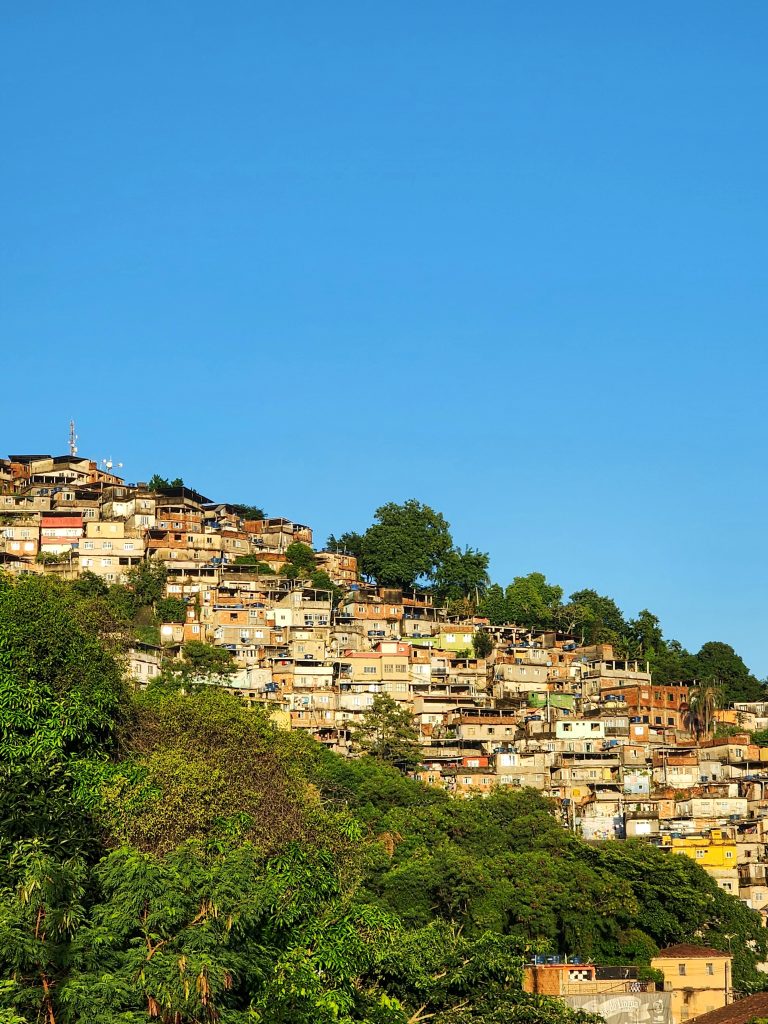

Rio de Janeiro is a vibrant city that offers something for travelers year-round. While any time can be a good time to visit, understanding the different seasons can help you plan the perfect trip.
Summer (December to March)
- Weather: Hot and humid, with temperatures ranging from 25°C to 35°C (77°F to 95°F).
- Highlights:
- Carnival: Rio’s world-famous Carnival usually takes place in February or early March, featuring parades, samba music, and vibrant street parties.
- Beach Time: Ideal for enjoying Rio’s stunning beaches like Copacabana and Ipanema.
- Considerations: High season, so expect larger crowds and higher prices for accommodation and flights.
Autumn (April to June)
- Weather: Warm and less humid, with temperatures ranging from 20°C to 30°C (68°F to 86°F).
- Highlights:
- Fewer Tourists: Post-Carnival, the city is less crowded, making it a more relaxed time to visit.
- Outdoor Activities: Great for hiking, sightseeing, and outdoor events.
- Considerations: A good balance between pleasant weather and fewer crowds.
Winter (July to September)
- Weather: Mild and dry, with temperatures ranging from 18°C to 25°C (64°F to 77°F).
- Highlights:
- Comfortable Climate: Ideal for exploring the city without the intense summer heat.
- Cultural Events: Various cultural festivals and events take place during this period.
- Considerations: Although it’s winter, the weather is still warm by most standards, but it’s not the best time for beach activities.
Spring (October to November)
- Weather: Warm and gradually becoming more humid, with temperatures ranging from 20°C to 30°C (68°F to 86°F).
- Highlights:
- Blooming Season: The city’s parks and gardens are in full bloom, offering beautiful scenery.
- Less Crowded: A relatively quieter time before the summer rush.
- Considerations: A great time to enjoy Rio’s natural beauty and outdoor attractions.
Summary
- Best for Beaches and Carnival: Summer (December to March)
- Best for Outdoor Activities and Fewer Crowds: Autumn (April to June)
- Best for Comfortable Sightseeing: Winter (July to September)
- Best for Natural Beauty and Tranquility: Spring (October to November)
How many days to spend in Rio de Janeiro?
The number of days you spend solo travel to rio de janeiro. can depend on what you want to see and do. Here are some recommendations for different trip lengths:
3-Day Itinerary: Highlights of Rio
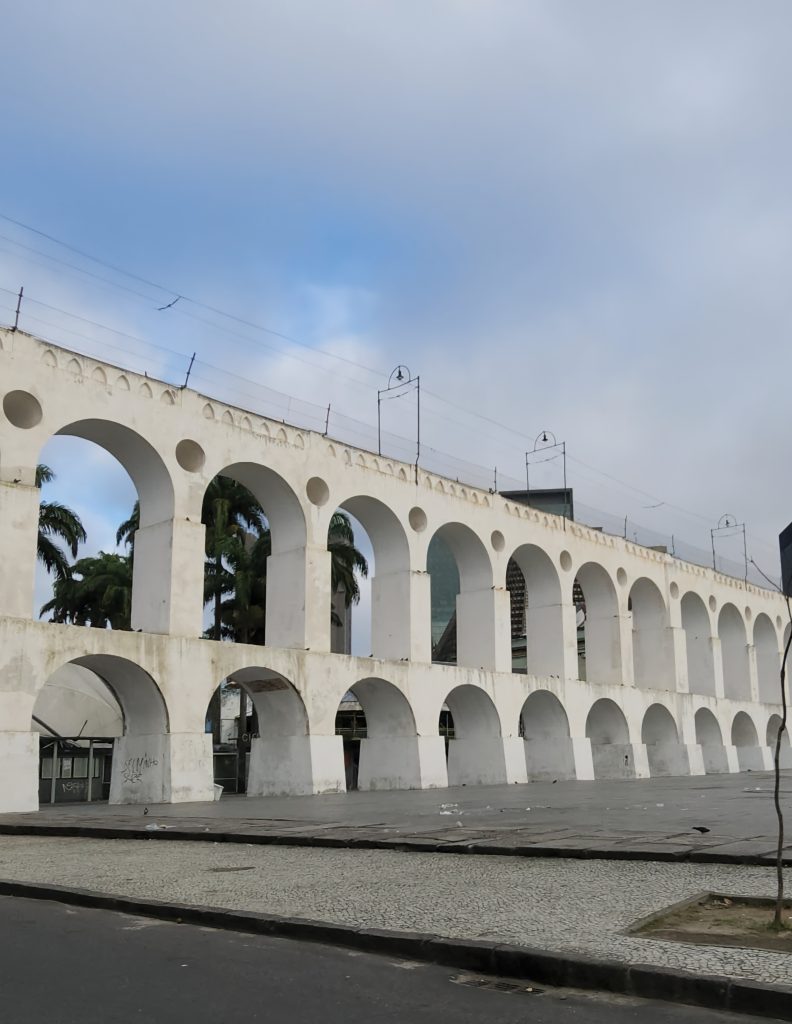


As I set foot in my 80th country, I was immediately drawn to the energy and allure of Rio de Janeiro, a city known for its stunning landscapes, rich culture, and spirited people. Whether you’re exploring the bustling streets of downtown, lounging on the famous beaches of Copacabana and Ipanema, or marveling at the breathtaking views from Sugarloaf Mountain, Rio de Janeiro promises an unforgettable adventure.
Here is the suggested solo travel to rio de janeiro itinerary.
Day 1: Iconic Landmarks

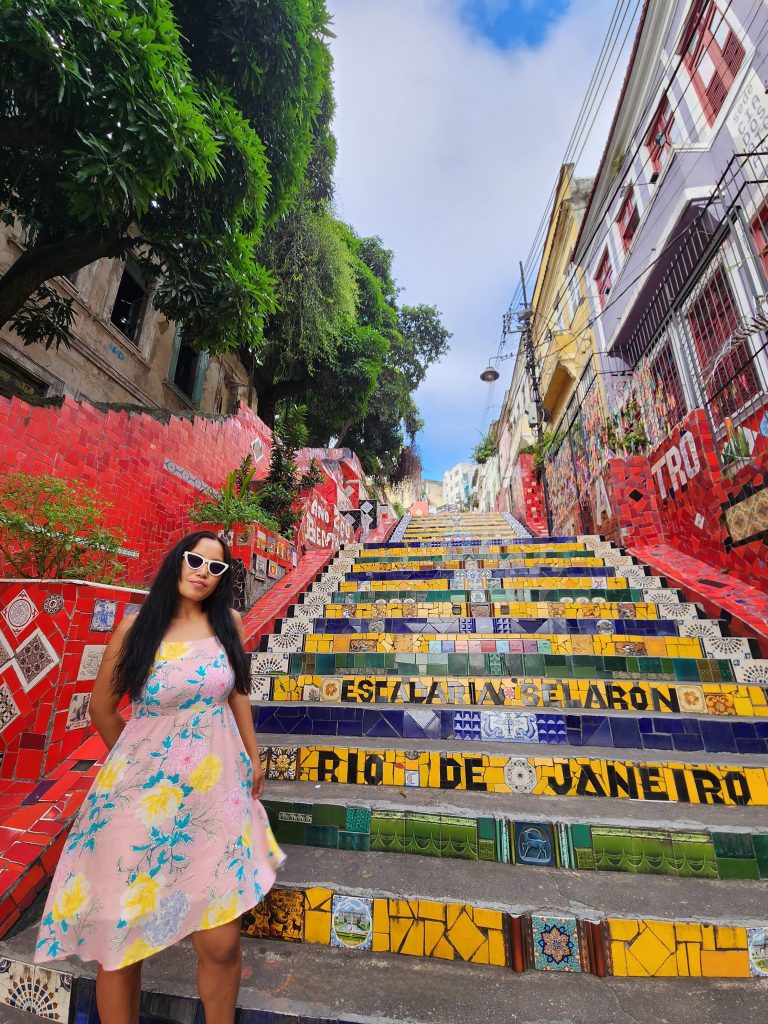

- Morning: Visit Christ the Redeemer and enjoy the panoramic views from Corcovado Mountain.
- Afternoon: Explore the historic Santa Teresa neighborhood and have lunch at a local restaurant.
- Evening: Head to Lapa to see the Selarón Steps and enjoy the nightlife.
Day 2: Beaches and Nature

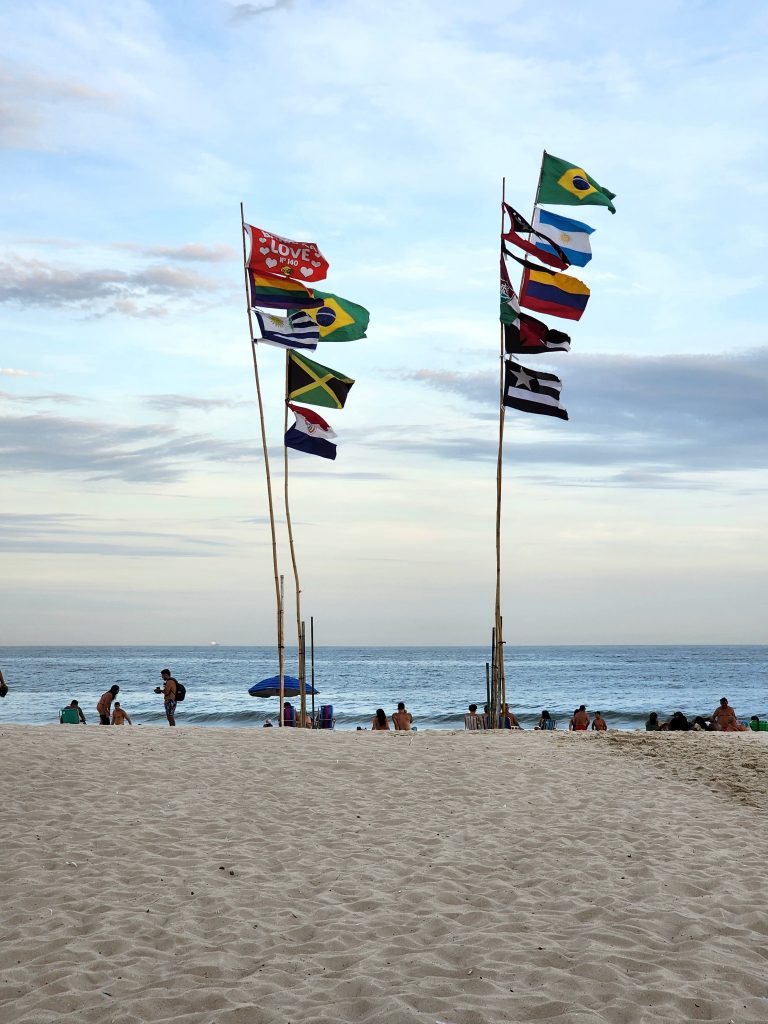
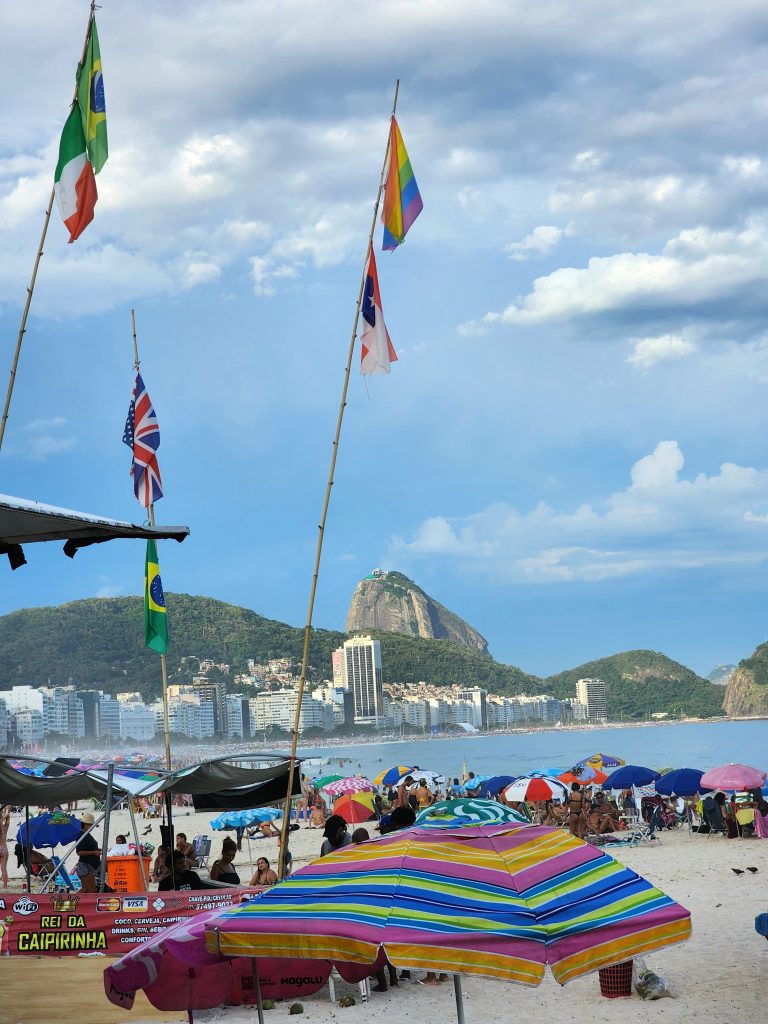
- Morning: Relax on Copacabana Beach.
- Afternoon: Walk along Ipanema Beach and visit the Hippie Fair (if it’s Sunday).
- Evening: Watch the sunset from Arpoador Rock and enjoy dinner in Ipanema.
Day 3: Sugarloaf Mountain and City Center

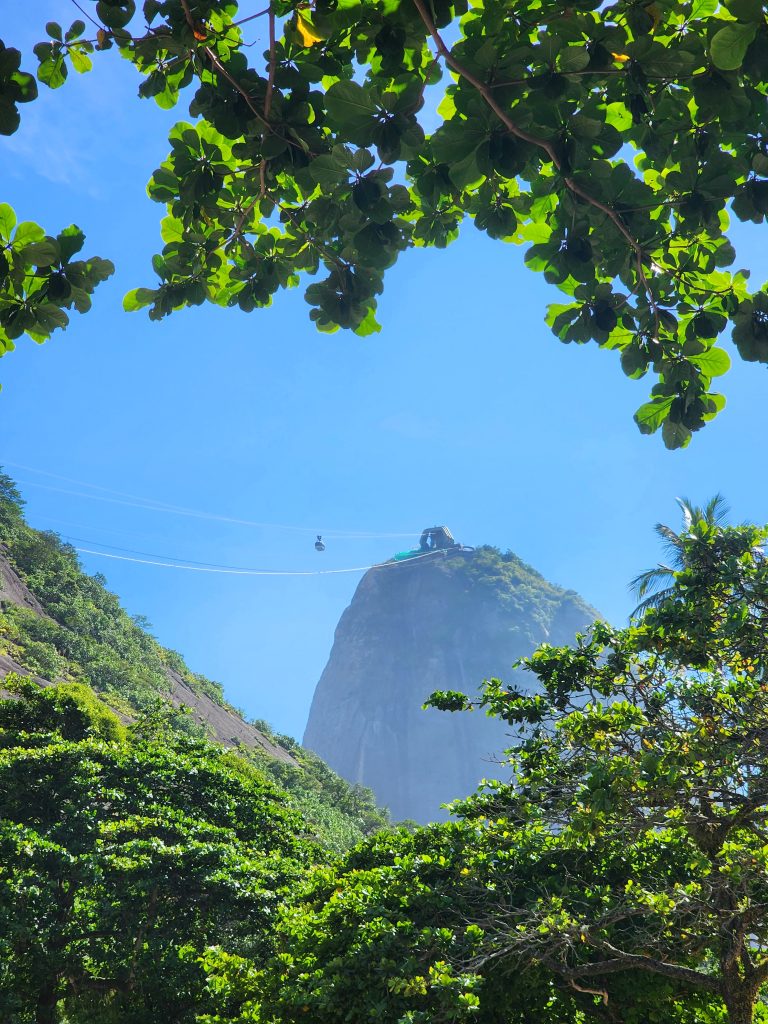
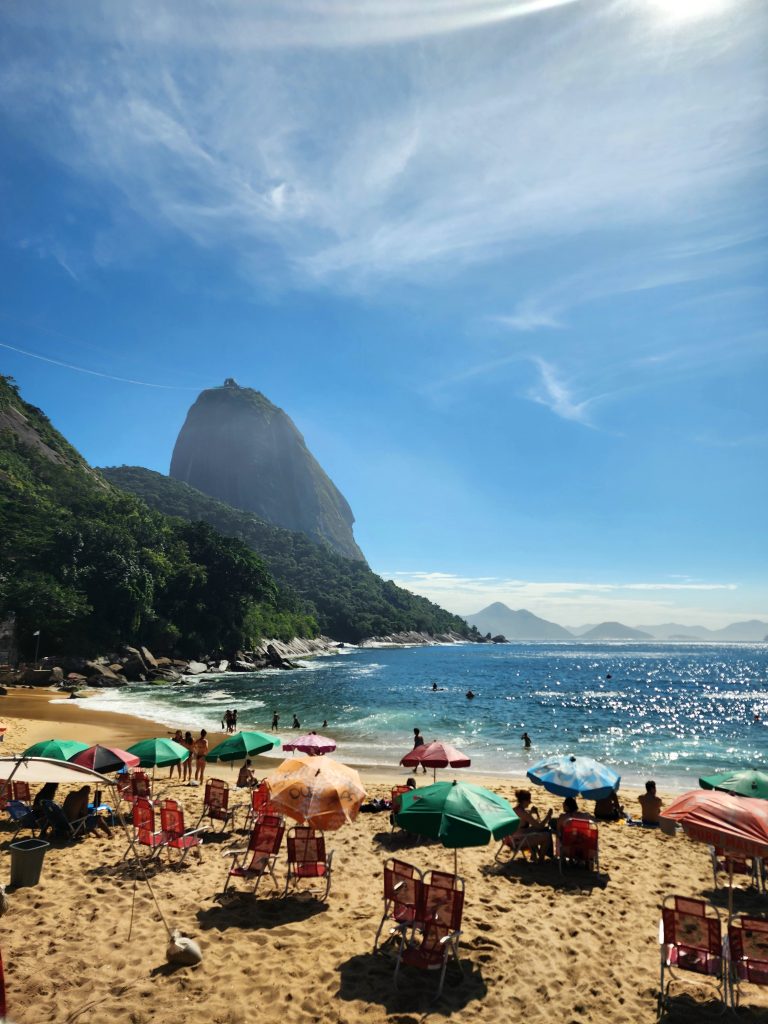



- Morning: Take the cable car to Sugarloaf Mountain.
- Afternoon: Explore the downtown area, including the Metropolitan Cathedral and the Museum of Tomorrow.
- Evening: Stroll along Flamengo Park and enjoy the views of Guanabara Bay.


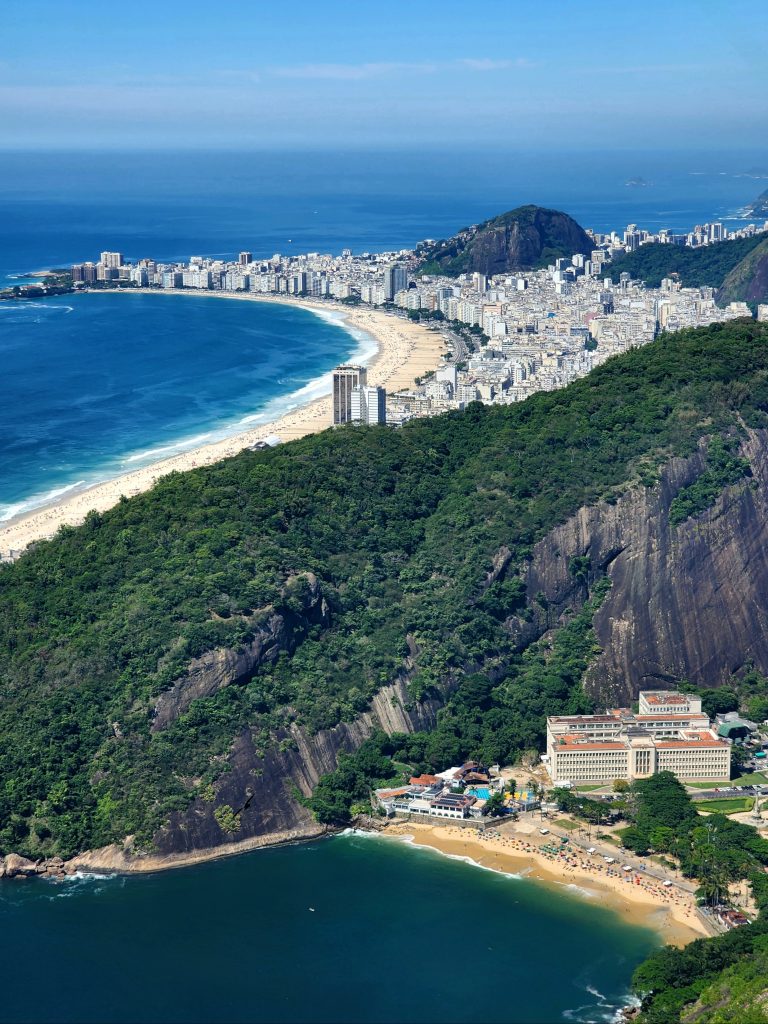

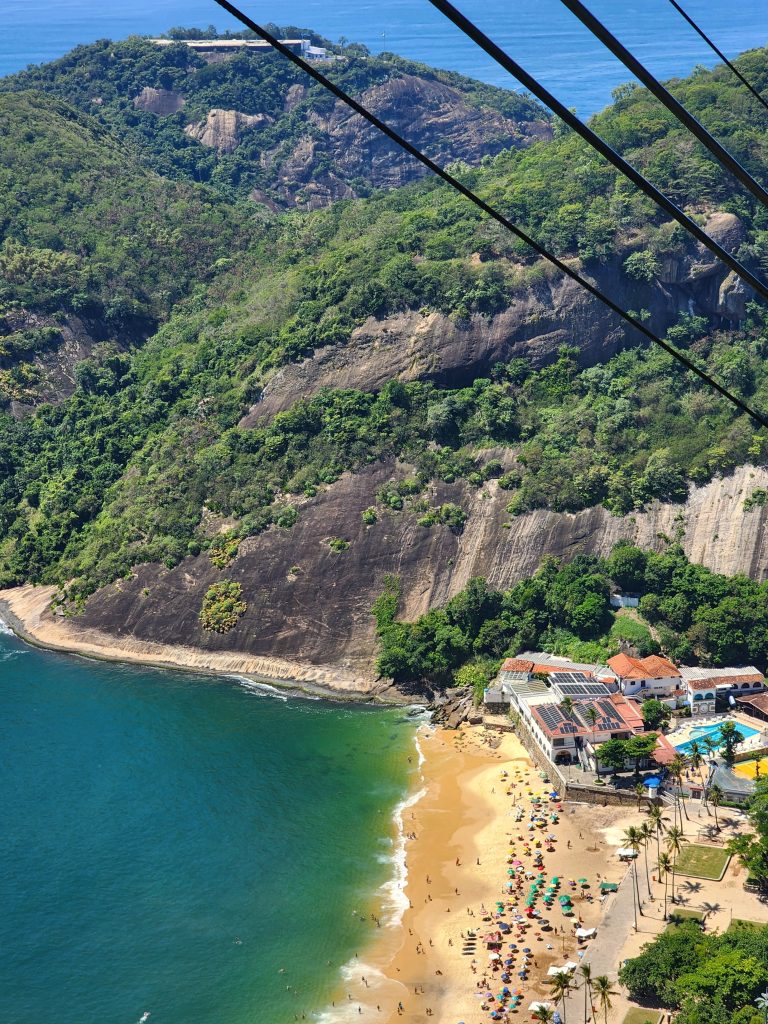
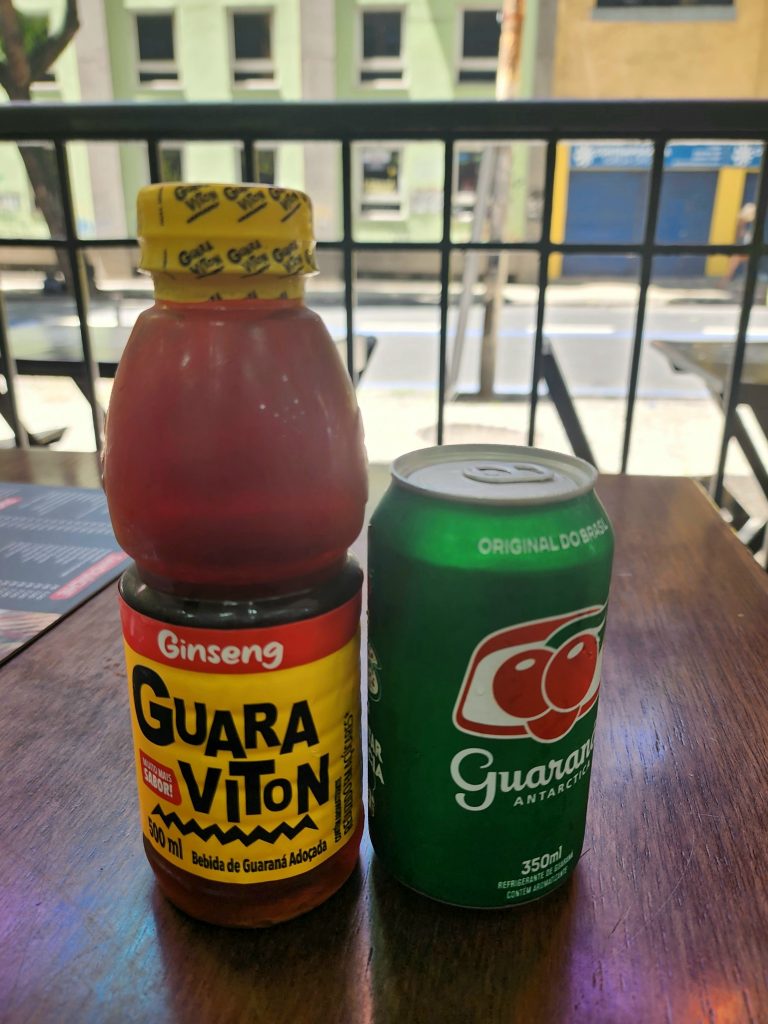
5-Day Itinerary: Deeper Exploration
Days 1-3: Follow the 3-day itinerary above.
Day 4: Culture and History
- Morning: Visit the Jardim Botânico (Botanical Garden)
- Afternoon: Explore the Rio de Janeiro Art Museum and the historical neighbourhood of Cinelândia.
- Evening: Experience a samba show or visit a live music venue.

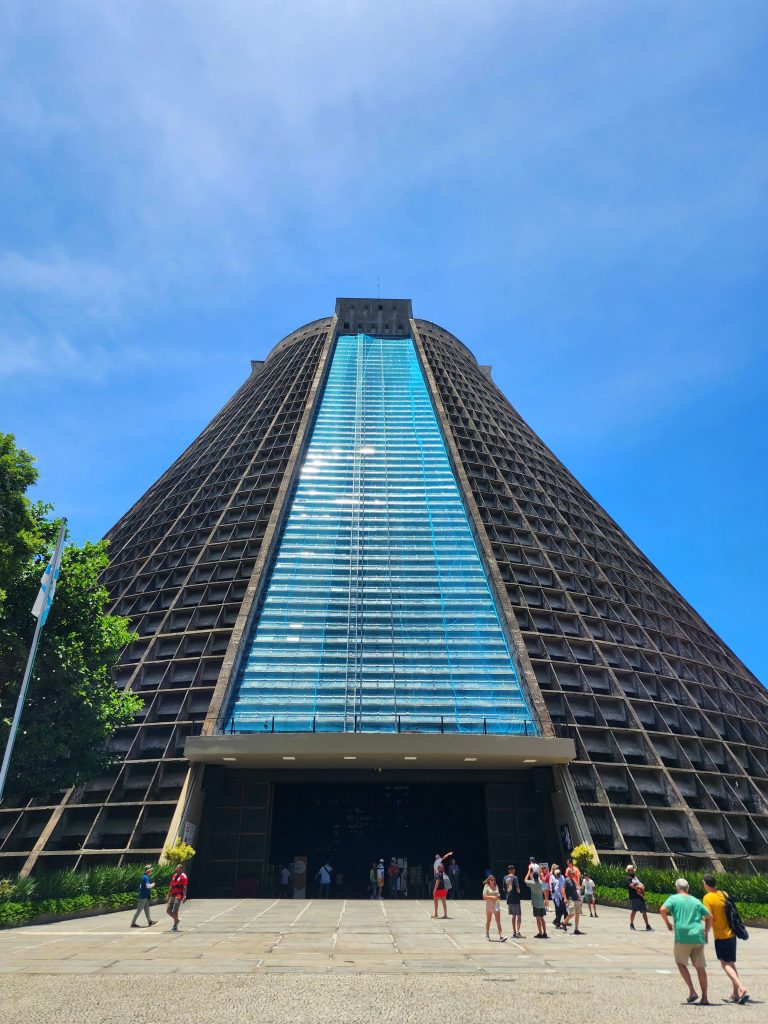

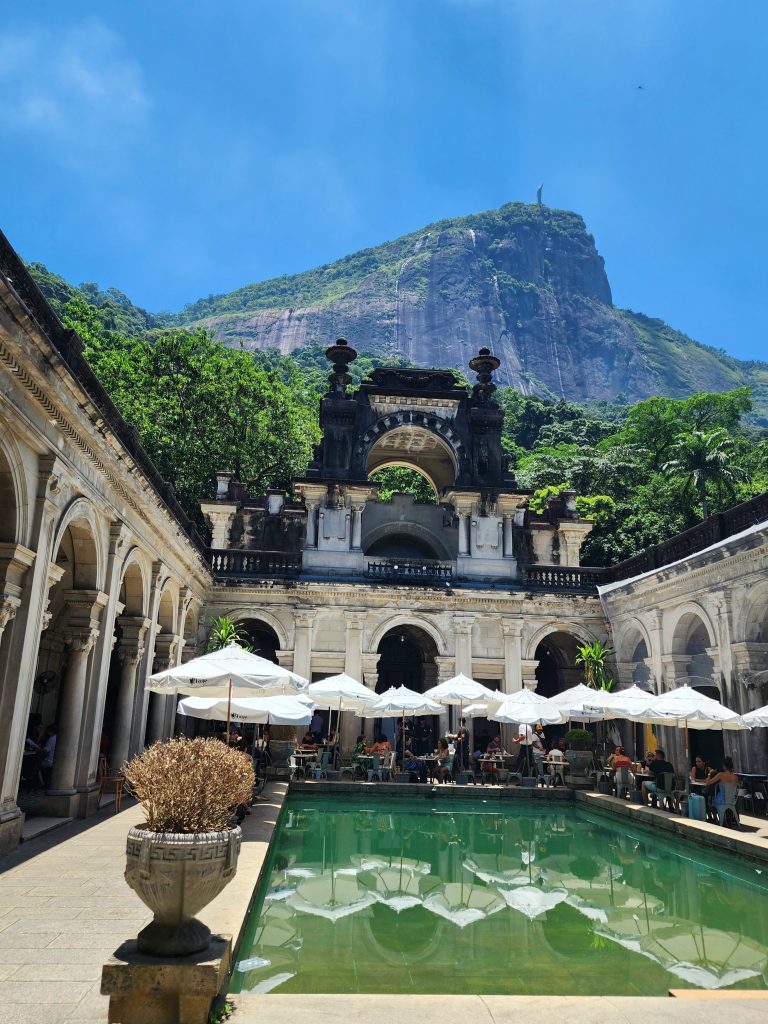

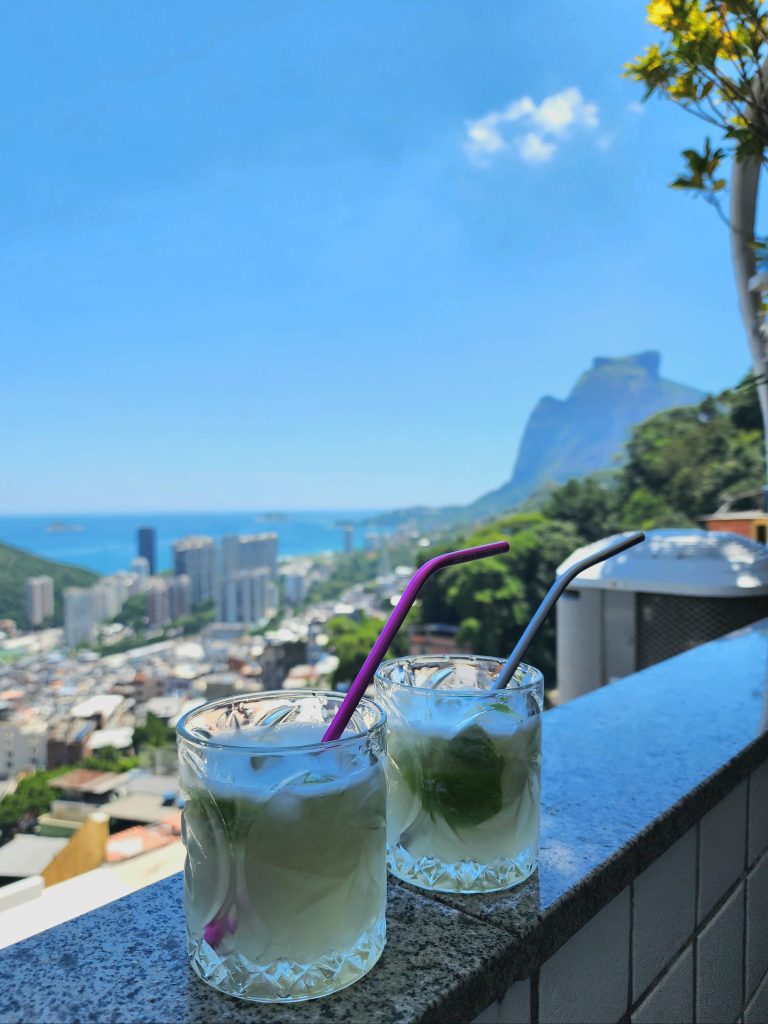
Day 5: Day Trip to Ilha Grande
- Morning:
- Travel to Ilha Grande: Take an early ferry from Angra dos Reis or Mangaratiba to Ilha Grande, a beautiful island known for its natural beauty.
- Lopes Mendes Beach: Hike or take a boat to this stunning beach, often considered one of the most beautiful in Brazil.
- Afternoon:
- Snorkeling and Swimming: Enjoy the crystal-clear waters and diverse marine life.
- Vila do Abraão: Explore the main village on the island, with its charming shops and restaurants.
- Evening:
- Sunset Views: Watch the sunset from one of the island’s many scenic spots.
- Return to Rio: Take the evening ferry back to the mainland and return to R
- Option 2: Visit the beautiful beaches of Niterói, including Itacoatiara Beach.
7-Day Itinerary: Full Immersion




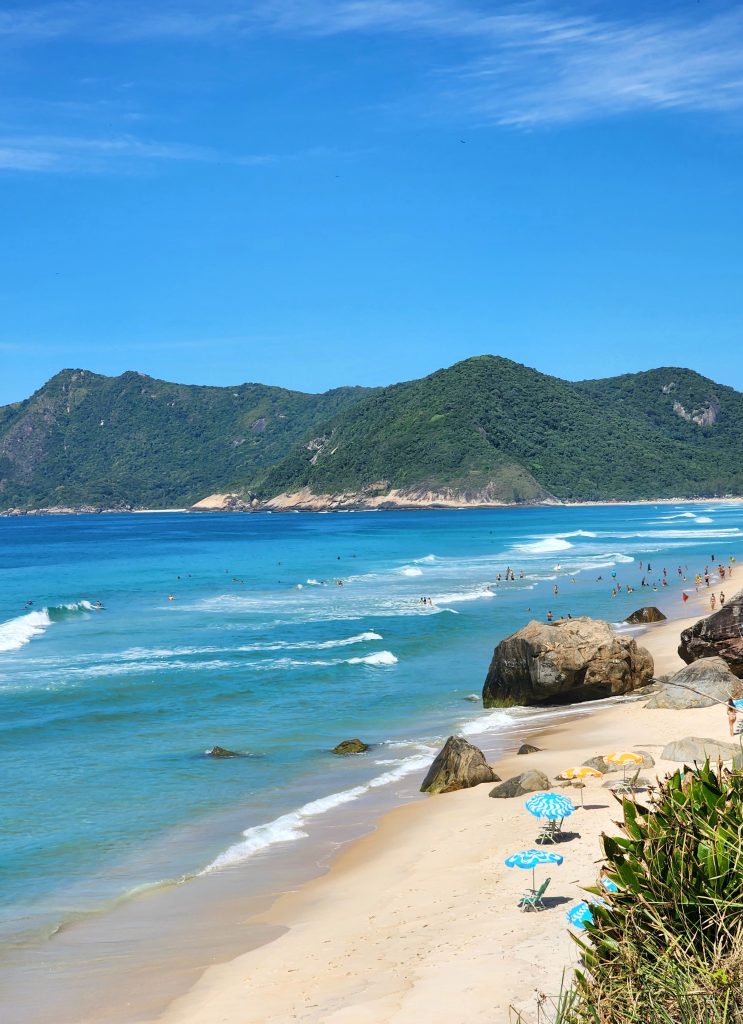

Days 1-5: Follow the 5-day itinerary above.
Day 6: Hike Pedra do Telegrafo Pedra or Tijuca Forest and Surroundings
- Morning: Hike Pedra do Telegrafo Or hike in the Tijuca National Park and visit Vista Chinesa and the Taunay Waterfall.
- Afternoon: Explore the quirky and artistic neighborhood of Vidigal or Private Favela Rocinha Tour with a local guide
- Evening: Enjoy dinner in the lively district of Botafogo.
Day 7: Day Trip to Búzios
- Morning:
- Travel to Búzios: Take an early morning bus or private transfer to Búzios, a charming coastal town about 3 hours from Rio.
- Rua das Pedras: Begin with a stroll down the town’s main street, filled with shops, cafes, and restaurants.
- Afternoon:
- Beaches: Visit some of Búzios’ beautiful beaches such as Praia de Geribá, Praia da Ferradura, and Praia João Fernandes. Enjoy swimming, sunbathing, and water sports.
- Boat Tour: Take a boat tour around the peninsula to see the numerous beaches and islands. Snorkeling opportunities are often included.
- Evening:
- Dinner in Búzios: Enjoy a meal at one of the town’s many excellent seafood restaurants, such as those along the waterfront in Orla Bardot.
- Return to Rio: Head back to Rio in the late evening.
10-Day Itinerary for Rio de Janeiro
Days 1-7: Follow the previous 7-day itinerary.
Day 8: Hike to Pedra da Gávea or Day trip to Paraty
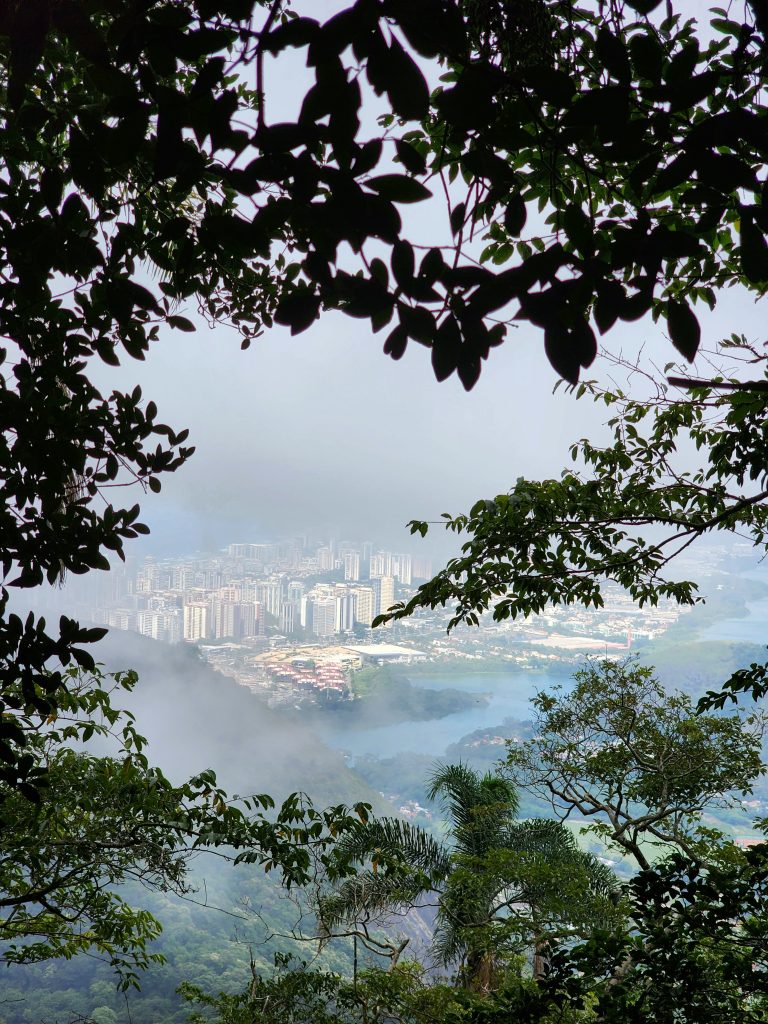


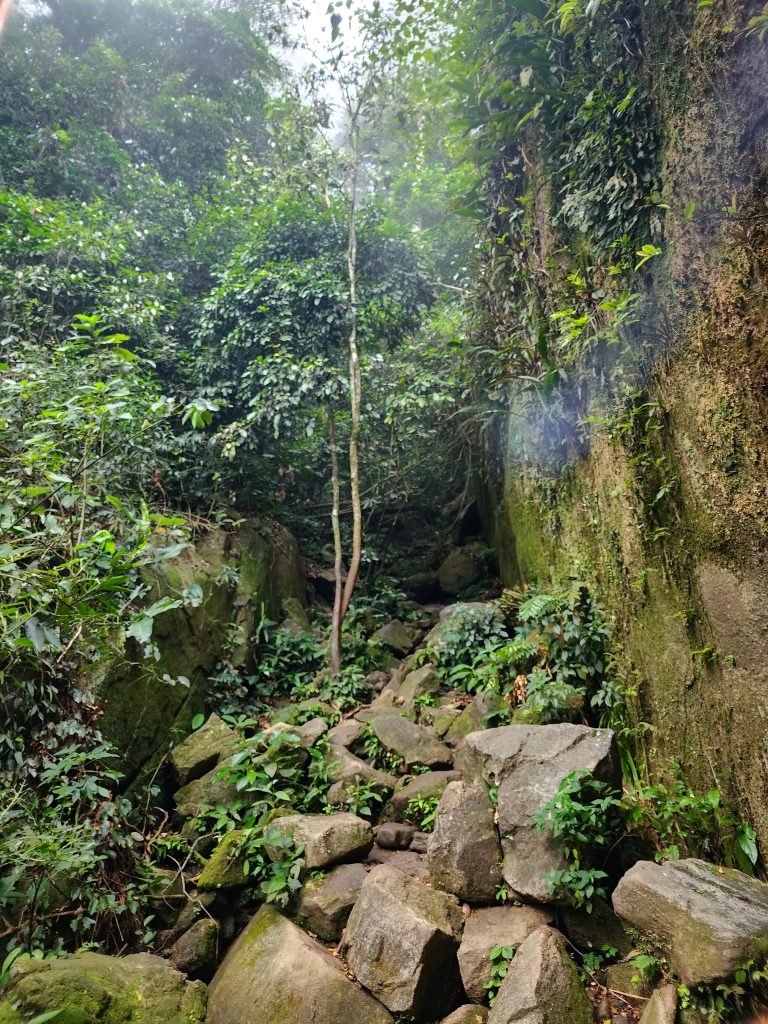

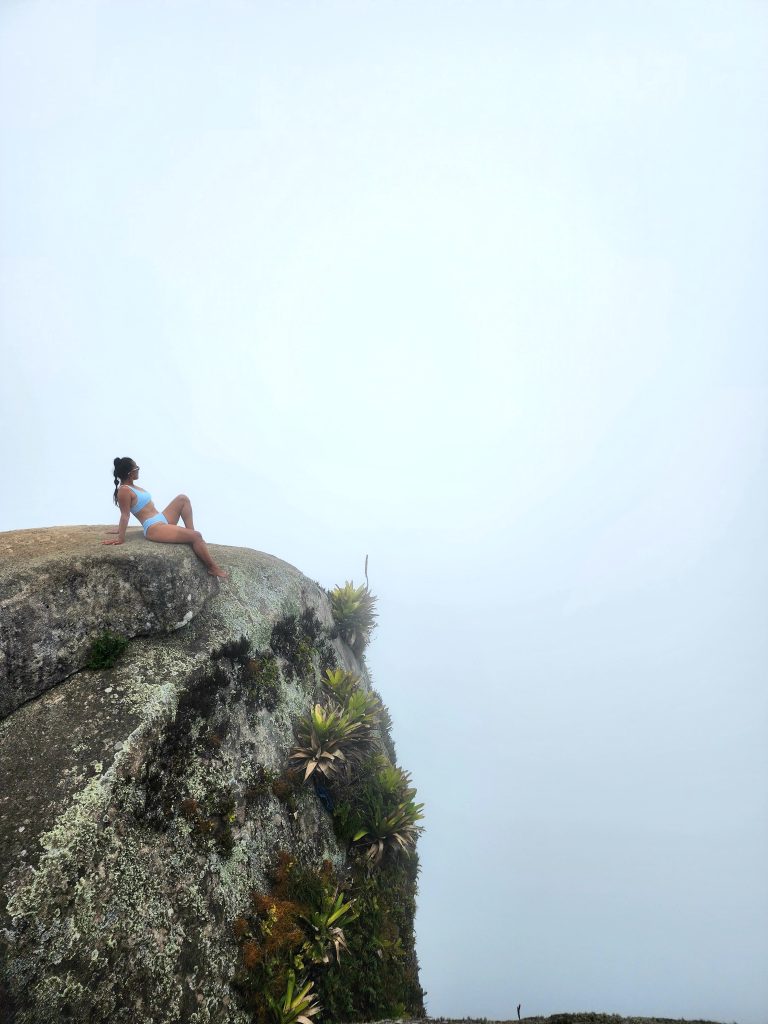


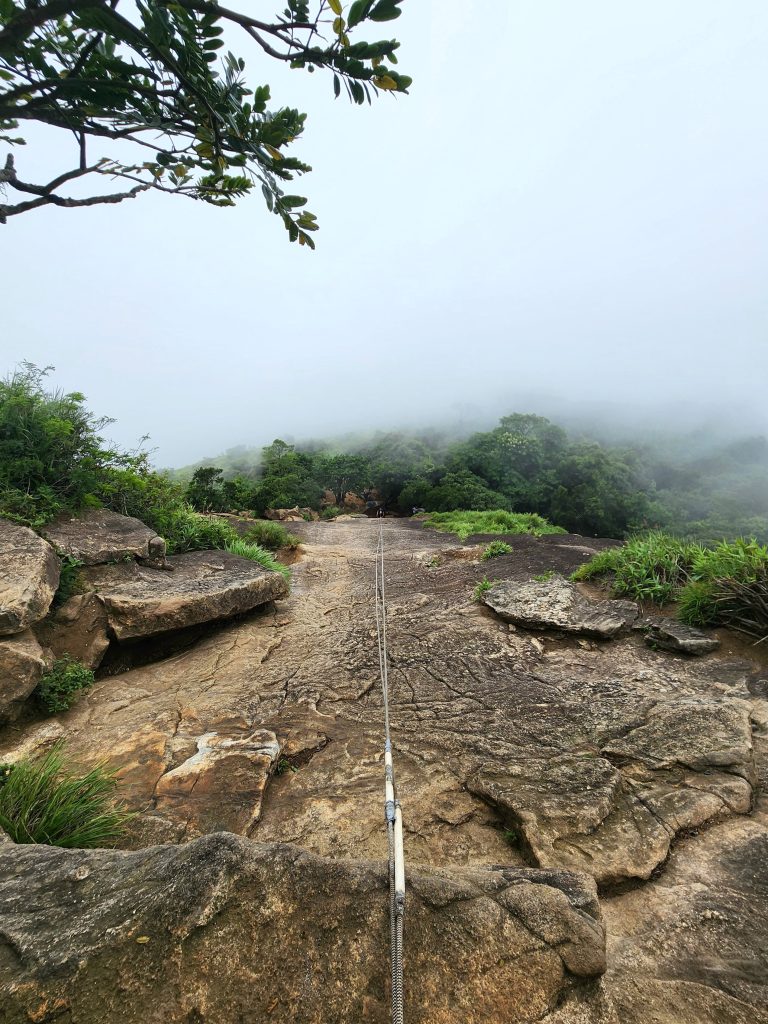


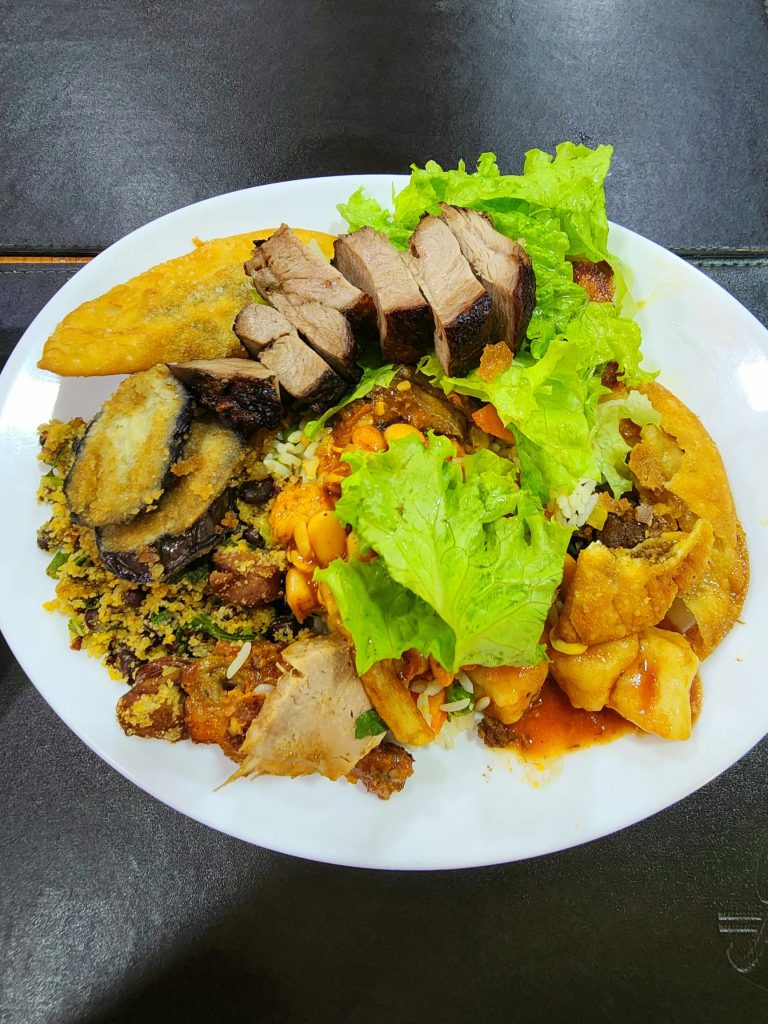
- Morning: Hike to Pedra da Gávea (suggested tour below)
- Travel to Paraty: Take an early morning bus or private transfer to Paraty, a charming colonial town about 4 hours from Rio.
- Afternoon:
- Explore the Historic Center: Wander through the cobblestone streets, visit the old churches, and enjoy the colonial architecture.
- Boat Tour: Take a boat tour of the bay to see the beautiful islands and pristine beaches.
- Evening:
- Dinner in Paraty: Enjoy a meal at one of Paraty’s many excellent seafood restaurants.
- Return to Rio: Head back to Rio in the late evening.
Day 9: Day Trip to Petrópolis
- Morning:
- Travel to Petrópolis: Take a morning bus or private transfer to Petrópolis, about 1.5-2 hours from Rio.
- Imperial Museum: Visit the former summer palace of Emperor Pedro II and explore its rich history.
- Afternoon:
- Crystal Palace: Check out this beautiful glass structure built in the 19th century.
- Santos Dumont House: Visit the charming home of the aviation pioneer.
- Walk in the Historic Center: Stroll through the picturesque streets and see the colonial-era buildings.
- Evening:
- Dinner in Petrópolis: Enjoy a meal in one of the cozy restaurants in the city.
- Return to Rio: Head back to Rio in the late evening.
Day 10: Leisure and Relaxation
- Morning: Take a scenic bike ride around Lagoa Rodrigo de Freitas.
- Afternoon: Spend more time on your favorite beach or visit a local market.
- Evening: Have a leisurely dinner in Leblon and soak in the vibrant atmosphere.
Rio de Janeiro is a city with a lot to offer, and no matter how many days you spend, you’ll leave with unforgettable memories.
Must-Try Brazilian Cuisine


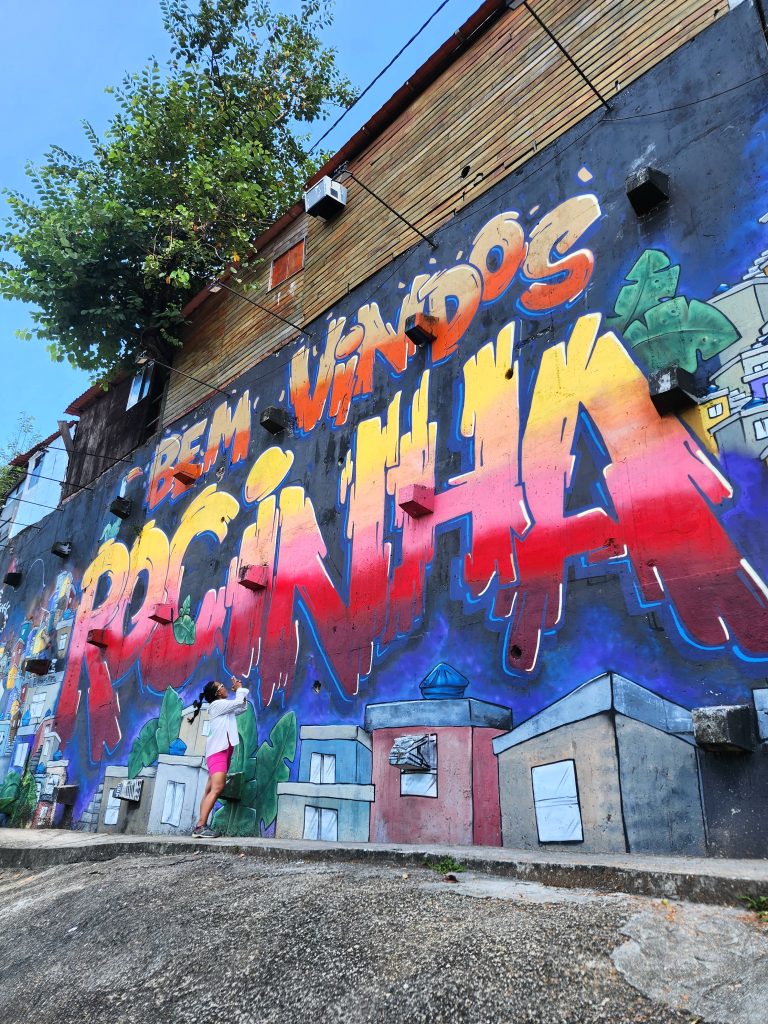
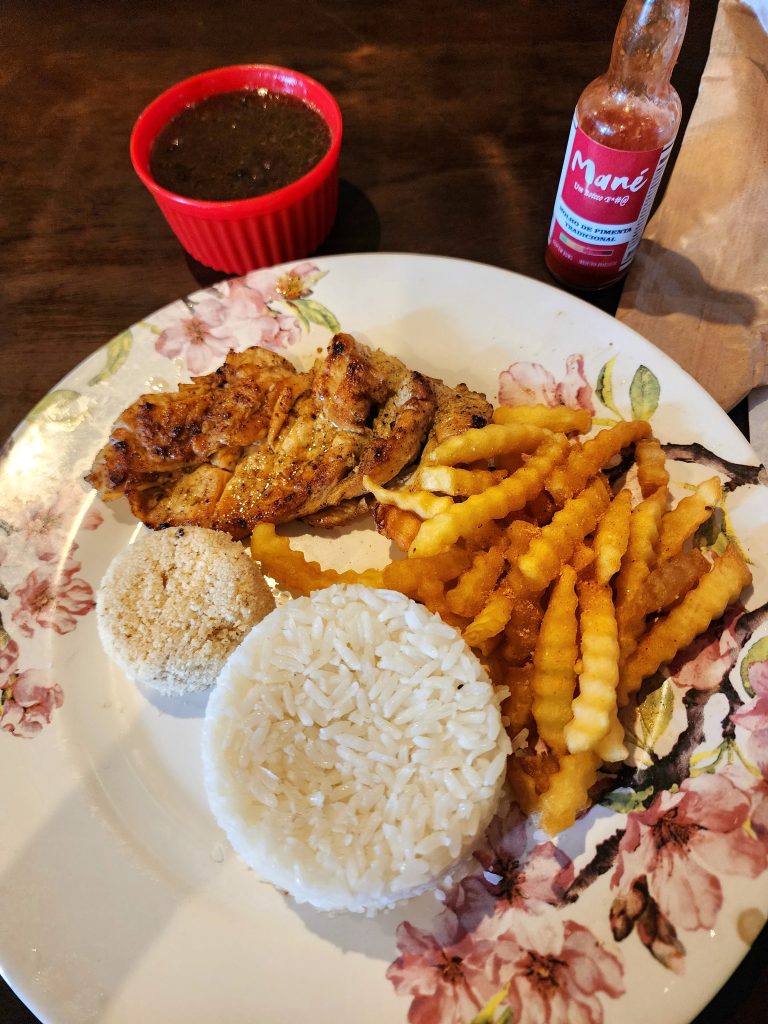
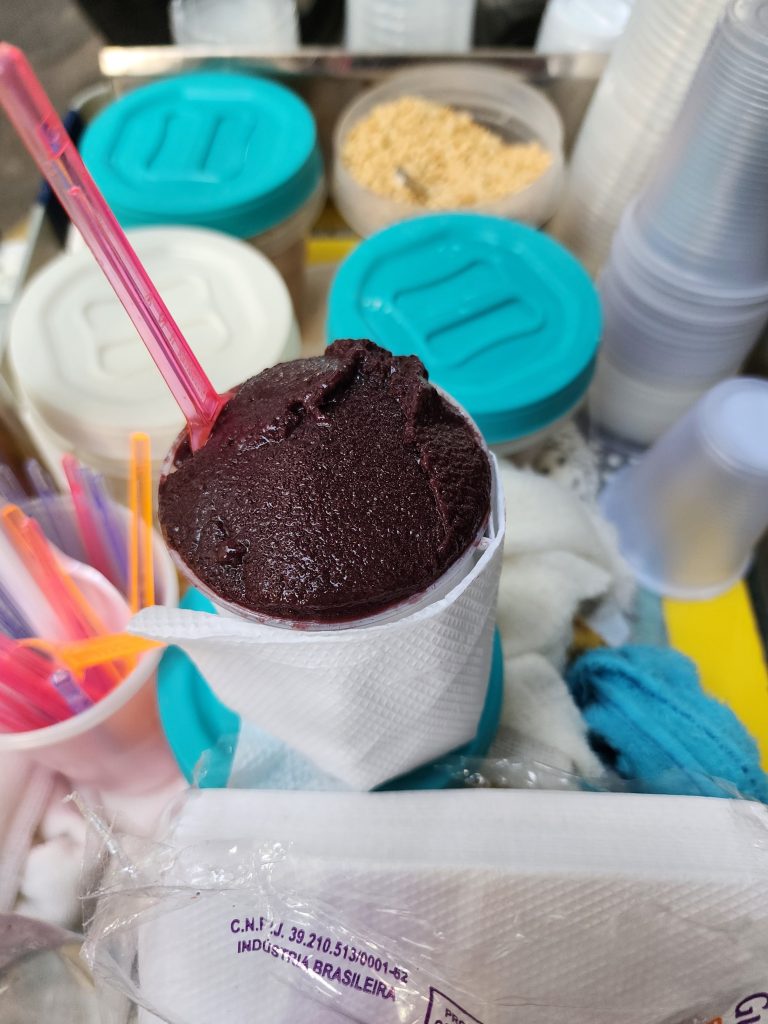



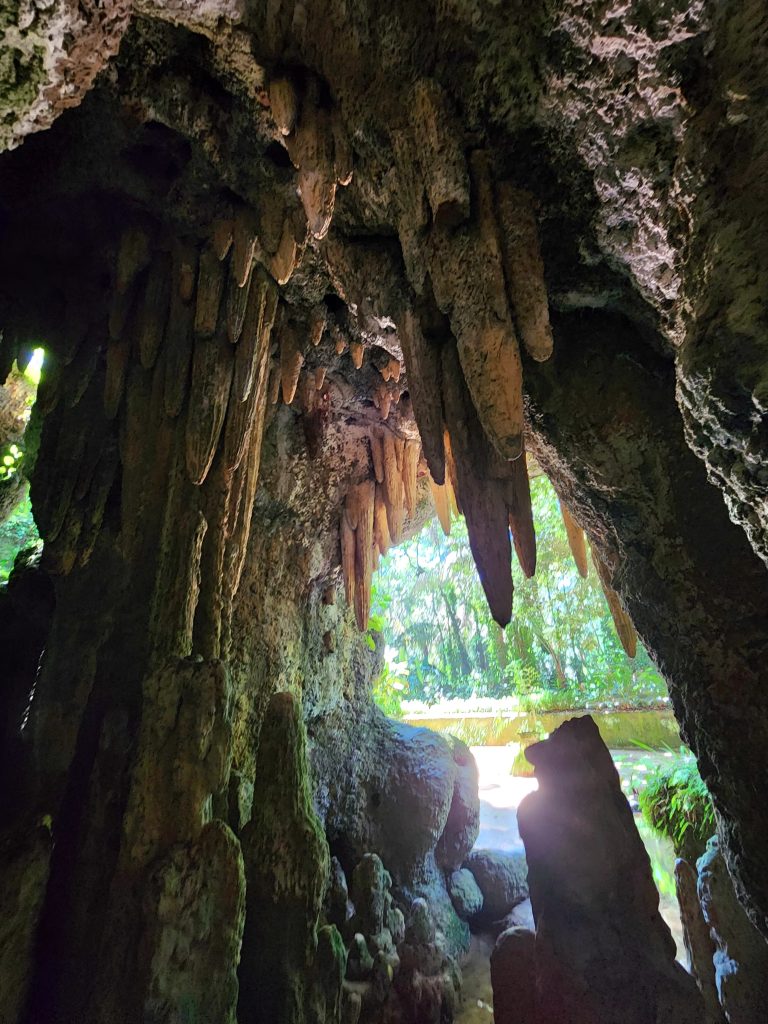
Brazilian cuisine is a vibrant mix of indigenous, African, and Portuguese influences, offering a wide array of flavors and dishes. Here are some must-try foods when visiting Brazil:
1. Feijoada
- Description: Brazil’s national dish, a hearty black bean stew with various cuts of pork, including sausage, ribs, and trotters. It’s traditionally served with rice, collard greens, farofa (toasted cassava flour), and orange slices.
- Where to Try: Many restaurants in Rio de Janeiro, especially on Wednesdays and Saturdays when it’s typically served.
2. Pão de Queijo
- Description: Chewy cheese bread made from cassava flour and cheese. It’s a popular snack or breakfast item.
- Where to Try: Bakeries and cafes throughout Brazil, especially in the state of Minas Gerais.
3. Moqueca
- Description: A flavorful seafood stew made with fish, shrimp, or both, cooked in coconut milk, tomatoes, onions, garlic, and cilantro. It’s often served with rice and farofa.
- Where to Try: Coastal regions like Bahia and Espírito Santo, each with its own version.
4. Coxinha
- Description: Deep-fried dough shaped like a chicken drumstick and filled with shredded chicken and cream cheese.
- Where to Try: Street food vendors, snack bars (lanchonetes), and bakeries.
5. Açaí Bowl
- Description: A frozen smoothie-like dish made from açaí berries, often topped with granola, bananas, and other fruits.
- Where to Try: Juice bars and cafes, particularly in Rio de Janeiro and the Amazon region.
6. Churrasco
- Description: Brazilian barbecue, featuring various cuts of meat, especially beef, cooked on skewers over open flames. Often served at rodízio-style restaurants where waiters bring an array of meats to your table.
- Where to Try: Churrascarias (Brazilian steakhouses) across the country.
7. Brigadeiro
- Description: A beloved Brazilian sweet made from condensed milk, cocoa powder, butter, and chocolate sprinkles. It’s often served at birthday parties and celebrations.
- Where to Try: Bakeries, dessert shops, and homemade by locals.
8. Pastel
- Description: Deep-fried pastry filled with various ingredients such as cheese, ground beef, heart of palm, or shrimp. It’s a popular street food.
- Where to Try: Street markets and pastelarias (specialized shops).
9. Vatapá
- Description: A creamy dish made from bread, shrimp, coconut milk, peanuts, and palm oil, often served with rice or acarajé (black-eyed pea fritters).
- Where to Try: Bahia, especially in Salvador.
10. Farofa
- Description: Toasted cassava flour mixed with various ingredients like bacon, onions, and bananas. It’s a common side dish served with meats, stews, and feijoada.
- Where to Try: Everywhere in Brazil, as it’s a staple side dish.
Beverage Recommendations
- Caipirinha: Brazil’s national cocktail made with cachaça (sugarcane liquor), lime, sugar, and ice.
- Guaraná: A popular soft drink made from the guaraná fruit.
- Cafézinho: Strong Brazilian coffee often served black and sweetened.
Enjoying Brazilian Cuisine
When in Brazil, make sure to try these dishes to fully experience the country’s rich culinary heritage. Enjoying a mix of street food, local eateries, and fine dining will give you a comprehensive taste of Brazilian flavors.
I hope this solo travel to rio de janeiro gave you insights and travel tips.
travel insurance north america costa rica dominican republic united states sao paulo


Let me know in the comments:
If you have any more questions about solo travel to rio de janeiro
Plan a trip to Argentina 2-3-4 weeks itinerary
San pedro de atacama to uyuni
Chile itinerary 3 weeks
Venezuela itinerary and travel tips
Paramaribo itinerary & travel tips
5 days in Uruguay itinerary
Backpacking 1 month in Central America itinerary
1 week in Seoul
7 days in Mongolia travel itinerary
Backpacking Paraguay itinerary and travel tips
Solo trip to Peru One month itinerary
Solo female travel Colombia
7 days backpacking in Ecuador itinerary
Solo female travel to Georgetown Guyana
5 days in Oaxaca itinerary
2 days in Mexico City itinerary
7 Days Itinerary in Georgia
4 Days in Azerbaijan Itinerary
Best places to visit from Split
2 days in Split, Croatia
Solo traveling to Mostar
Solo female travel to Kotor
Solo female travel to Budva
Solo female travel Albania
Warsaw by Train covers warsaw travel tips
Check out One day in Luxembourg, western Europe
Day trip from Zurich to Liechtenstein
Travel tips to South America
Fiji solo travel guide
Australia east coast must-see
Backpacking in Melbourne, Australia
Digital nomad guide to Melbourne
14 best area to stay in Melbourne CBD
Master Sydney travel guide
Solo travel guide to Brisbane
Exploring Adelaide the best way is a must-read
Important travel tips for Uluru trip
Melbourne day trips in winter
Day Hikes in Melbourne
Weekend getaway? Check out things to do in Ballarat
Perth solo itinerary
Top 5 must do in Darwin, Australia
How to go from Dublin to Howth
Solo female travel Romania
Read a recent day trip to Zaanse Schans from Amsterdam
How about a solo itinerary to Canberra– Australia’s capital city?
Solo trip to Peru, travel tips to South America
Check out the 7 days Hanoi travel guide.
Book accommodation through trusted Booking.com
I have detailed travel resources right here. Save money, learn what and how.
If you like this article, read about my journey to become Nepali Australian travel blogger , follow my adventures on Instagram, Facebook, YouTube, Twitter, and Pinterest, but most importantly sign up to my e-mail list to keep up with updates and travel posts!

